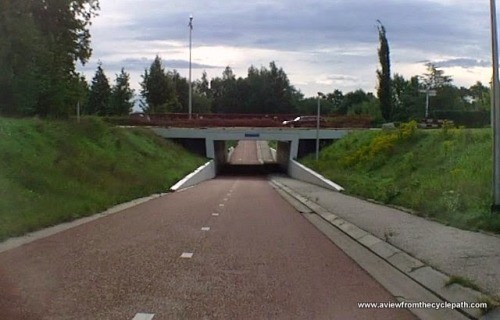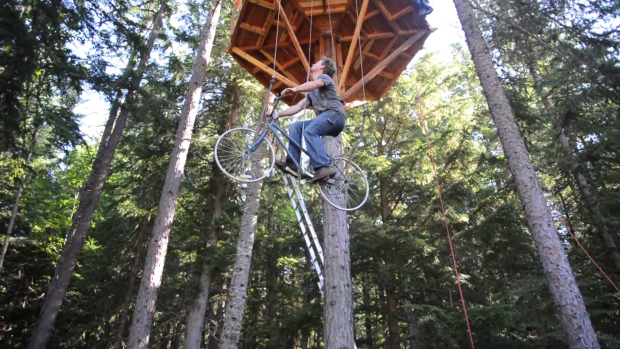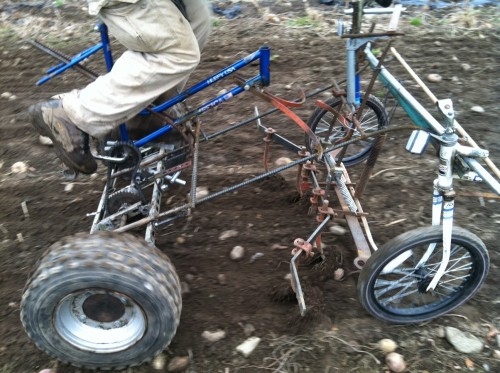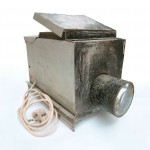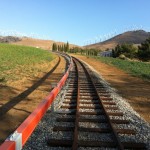- Tunnels offer faster journeys than bridges due to less climbing. Steeper gradients can be used than with a bridge because cyclists going into a tunnel first ride downhill and pick up speed which can be used to climb back out of the tunnel.
- Tunnels have a smaller height difference than bridges. Only need clearance for the height of a cyclist, not for trucks or trains plus electric lines.
- Tunnels take up less space than a bridge because inclines are shorter.
- Tunnels are easier to fit into an existing landscape.
- Tunnels offer protection from wind and rain.
- A possible disadvantage is low social safety. It is important that cyclists can see out of a tunnel before they enter it. There should be no turns within the tunnel, no-where for a potential mugger to hide. Obviously tunnels should also be well lit.
Picture: All crossings in Assen [The Netherlands] can be used without slowing down. This is one of the many cycle and pedestrian crossings of a major road. Four metre wide cycle-path, separate pedestrian path, gentle inclines, well lit and we can see right through for good social safety. Built in the 1970s, well maintained: last resurfaced 2012.
Quoted from a blogpost at “A view from the cyclepath”, which discusses Dutch standards for cycling tunnels and bridges.
